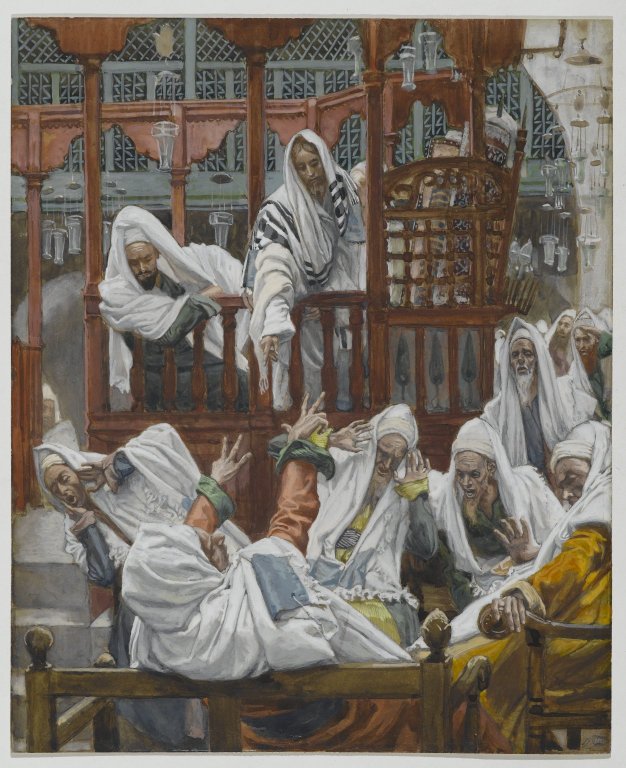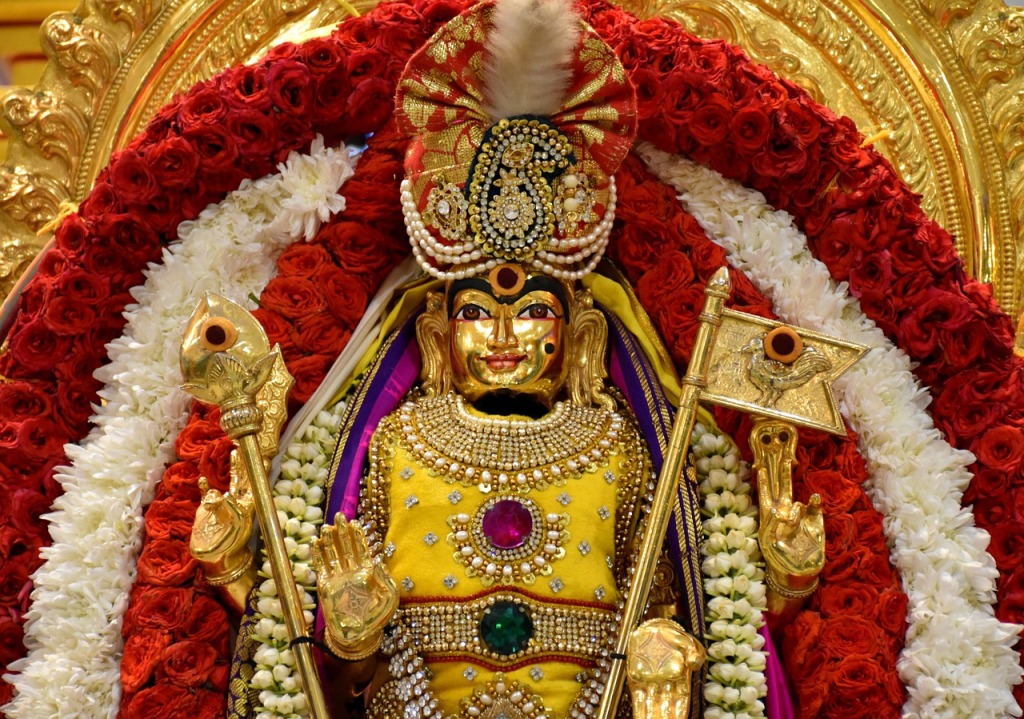The World Trade Organisation (WTO) defines IP as ‘the rights given to persons over the creations of their minds’. You cannot claim ownership over a wonderful idea that came into your mind. What you can claim ownership over is the way that it is expressed and created.

Intellectual property (IP) governs the whole area of legal rights over the creations of the mind. These rights give the Creator exclusive rights over the creation, the use, the sale, the import, and the distribution of the IP into related products and services.
The laws and legal framework vary from country to country; but the overall premise is that the Creator enjoys exclusive rights over the use of their creations for a certain stipulated period of time. The concept itself encompasses a wide range of rights. From patents, trademarks, industrial designs, utility models and so on.
It is not always the case that the IP owner is the original creator of the work; especially in cases where the work was commissioned or done during the course of one’s employment. Creators may sell or license the rights of their creations to others. The owner of the IP need not even be an individual but could be a legal entity like a company.
While IP is fundamentally nation-based and the Creator’s rights are only protected within certain geographical boundaries, there are many instances where regional, international or multi-national protection do exist.
The World IP Organisation (WIPO) has come up with a more all-embracing ideology of IP, but at present it seems that it will be sometime before a definition of IP becomes universally accepted.





Leave a comment